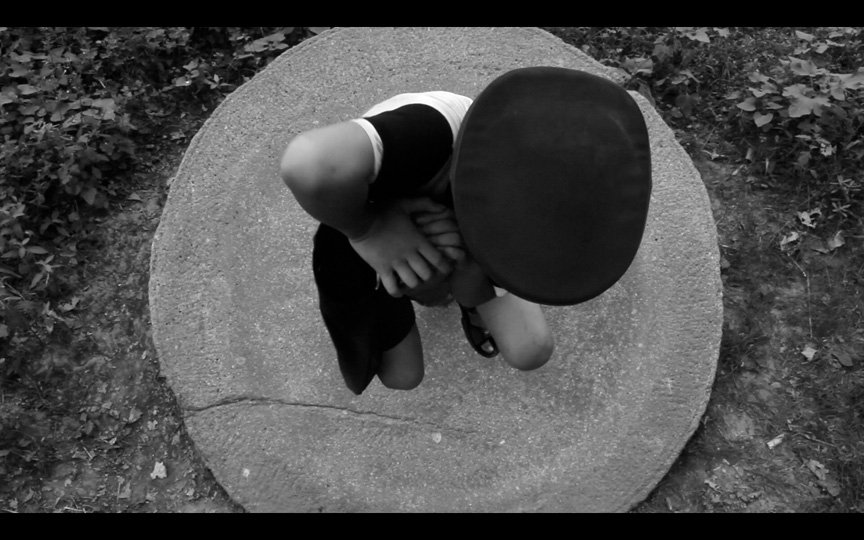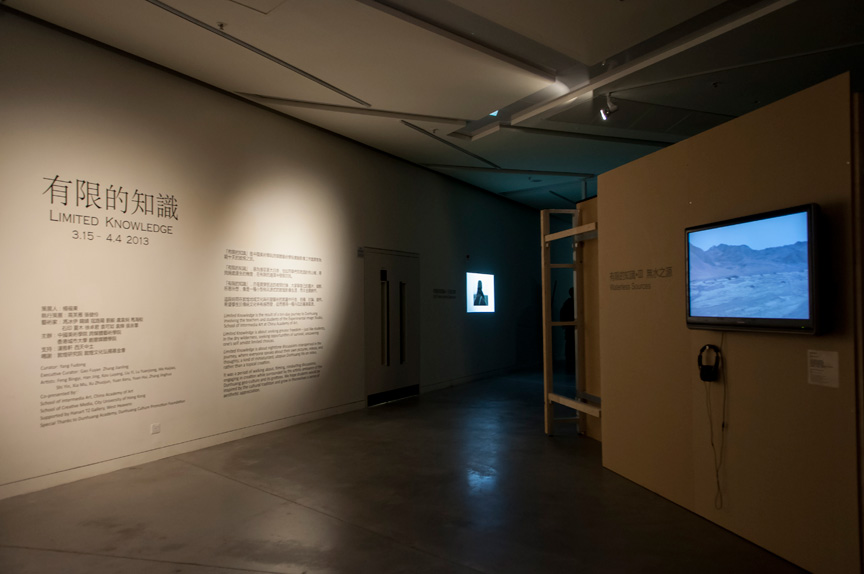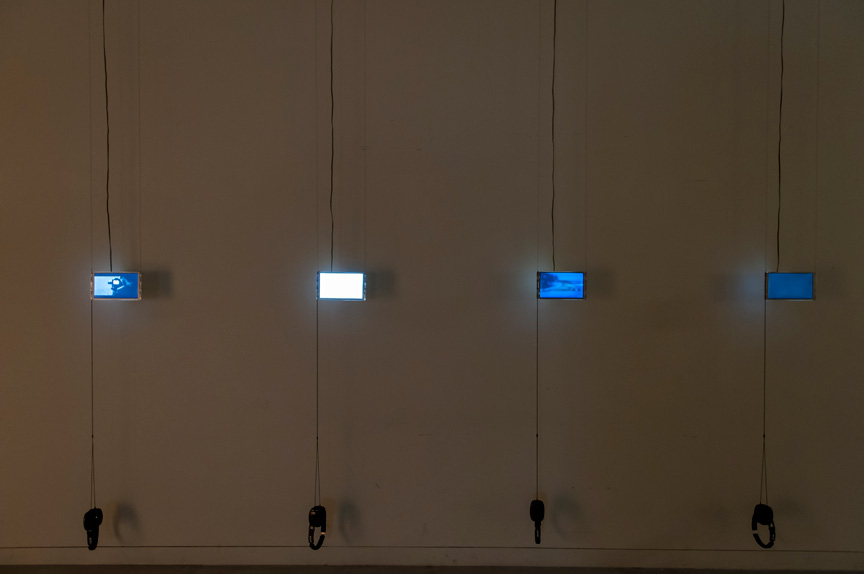Shows
Yang Fudong’s “Limited Knowledge”


“Limited Knowledge” was the culmination of a course taught by Chinese filmmaker Yang Fudong to students at the China Academy of Art in Hangzhou. Yang, who is known for his lush poetic narratives—most famously Seven Intellectuals in a Bamboo Forest (2003), a five-part film that earned critical acclaim at the Venice Biennale in 2007—arranged a ten-day excursion with his students to Dunhuang, the religious and cultural crossroads of the Silk Road. In this rural landscape, students were encouraged to cultivate a more meditative process of filmmaking. Indeed, throughout the show, it was possible to trace the transference of knowledge from teacher to student along with the gradual emergence of personal visions and techniques.
The exhibition was divided into six sections, reflecting Yang’s methodology, which is as much psychological as it is technical. Before embarking on the journey, students were asked to distill preconceptions of Dunhuang into a single image and short phrase, reviewing documentary sources—guidebooks, previous photographic representations of the place—that their work might look to challenge. The selection of “Still Frames,” which took the form of drawings, found photographs and diagrammatic sketches, provided them with a point of departure; looking back at these exercises, viewers could follow the evolution of the artists’ practices.

The three subsequent sections, “Improvised Image,” “Waterless Sources” and “Looking back from Hangzhou,” were short film exercises shot en-plein-air. Set around Dunhuang’s Mingsha Mountain and the Crescent Lake, they borrowed liberally from late 20th-century avant-garde traditions. One student, whose film features a band of robed figures slowly traversing a barren desert landscape, acknowledged that “just like the New Wave directors, I prefer scenery that reveals secrets.” The work’s display on a small digital screen likened the moving image to a saturated photograph, allowing the viewer to easily access and understand the compositional exercise. Continuing onward, clearer personal and artistic visions emerged.
The exhibition concluded with a sit-down screening of the students’ final assignments. In lengthier video works produced the following summer, students employed the new terms they had developed in Dunhuang. The results are impressive, with some films featuring advanced rhythmic and conceptual narratives that demonstrate a keen ability to convey a story through images. Yang’s influence registers in many of the works, which are notably generous in their pacing. “On the River” by Kou Luyang, a tale centering around the youthful shenanigans of three boys, stood out as both mature in sequencing and rich in composition.

In this work and others, there is a prevailing sense of timelessness: quotidian dramas are foregrounded by landscapes evoking traditional Chinese imagery. Resonating with Yang’s attempt to cultivate an “experimental state of mind” rather than “experimental film,” close-ups and tempos that verge on the abstract are less about creating a cohesive experience of the moving image, and more concerned with the investigatory nature of filmmaking.







